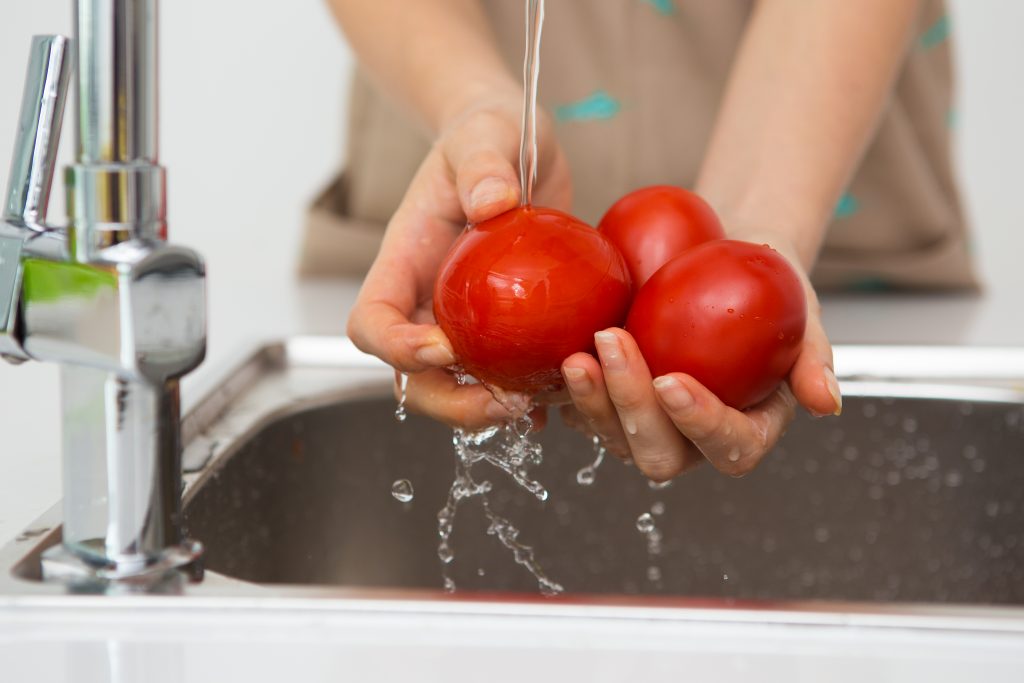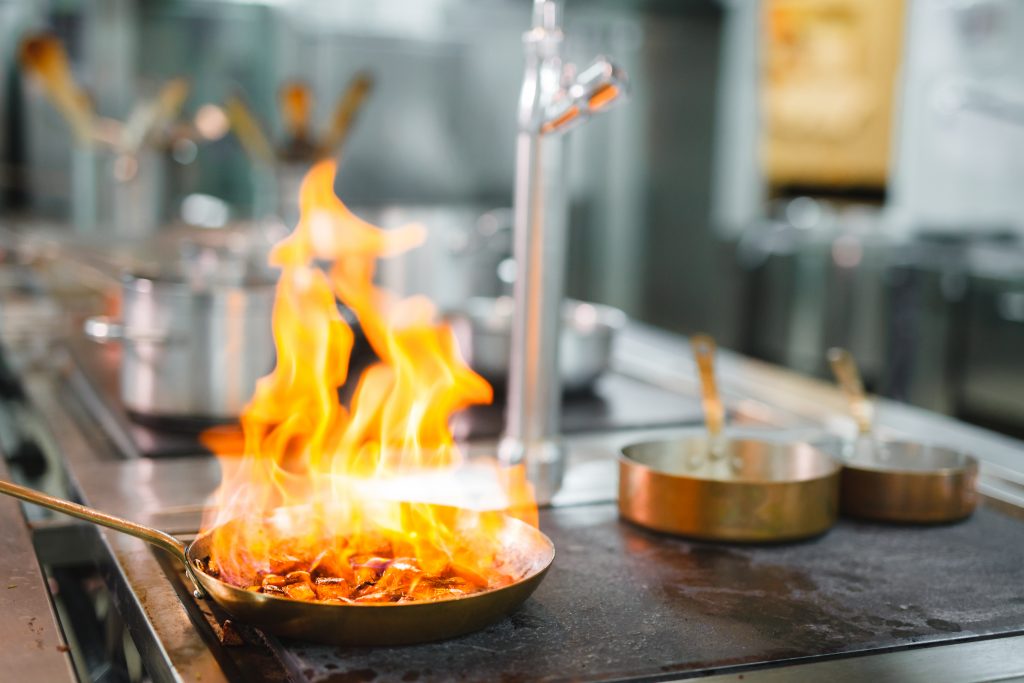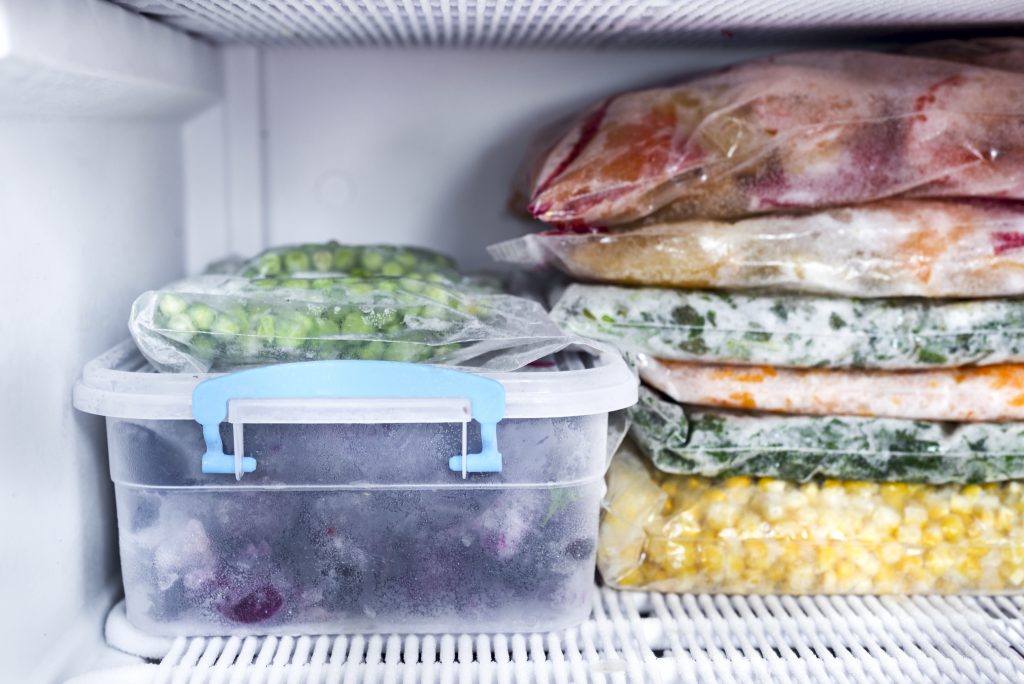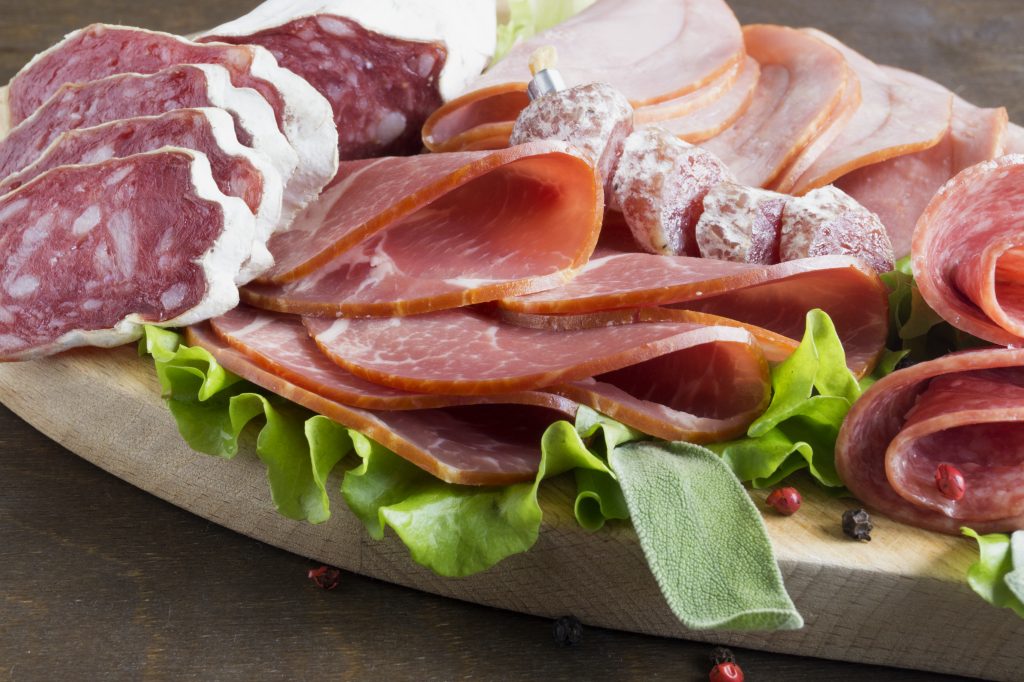What are the requirements for HACCP - Hazard Analysis and Critical Control Points in ready to eat processed meat?
In June 2018 new regulations were introduced specifically aimed at Processed Meat Producers. The most important regulation to be aware of is R 908 – HACCP
The Department of Health gave the processed meat industry 9 months to become compliant with R 908. All producers of ready to eat processed meat had to have a HACCP certificate issued by a SANAS accredited certifying body in place by 14th March 2019.
The principle of HACCP is to identify any potential hazards in the food industry in order to develop and implement control measures and eliminate risk.
HACCP is not quick to implement, requires specialist knowledge and may even require structural changes to be made to your factory.
If you wish to know more about R908 or HACCP contact SAMPA or your food safety partner.
- R 908 – HACCP -The Department of Health require that all producers of RTE processed Meat have a HACCP audit that is certified by a SANAS accredited organization.
- R638 – Regulation Governing General Hygiene Requirements for Food Premises, the transport of food and related matters – all food facilities need to comply, especially relevant for transport even if it’s a 3rd party service provider.
- R 638 – also look at 10 .1 ( a) – “Person in charge is suitably qualified”
- VC 9100 and SANS 885 – This VC was signed into law on 8th August 2019 and authorizes the NRCS to conduct inspections to ensure compliance with regulations.
- We have also recommended to government that a National Food Safety Council be set up as a matter of urgency to tackle the broader issues affecting food safety across all industries in South Africa. This will ensure there are protocols and processes in place to allow an efficient, rapid and coordinated response from industry, government and other organisations in the event of a food safety incident taking place.
Over and above the food safety protocols which producers must adhere to, contamination by bacteria can best be prevented through food safety measures recommended by the World Health Organisation which include:



- Washing of hands, food preparation areas, and raw vegetables and fruit thoroughly.
- Separating raw and cooked ingredients.
- Ensuring that food utensils are clean.
- Not using knives used on raw meat to cut cooked or ready-to-eat products in order to avoid cross-contamination from raw to cooked food.
- Bacteria is killed off during the cooking process so follow cooking instructions.
- Keep food at safe temperatures and promptly refrigerate perishable foods at 5 degrees or below.

- Hygiene measures like thoroughly washing your hands, fruits and vegetables, cutting boards and food preparation surfaces.
- Avoiding cross contamination by not using the same knife or utensils for raw and cooked foods or fruit and vegetables and meat.
- Ensure cooked and raw foods are handled separately
- Store food correctly and within 2 hours of purchase if it needs to be refrigerated. Your fridge should be at least 5°C or colder.
- If you are pregnant, reheat processed meats until they are steaming hot before eating them.
SAMPA strives to bring you a safe, quality and nutritious product you can trust.
Copyright © 2019 SAMPA
PREMIUM WEB DEVELOPMENT.
